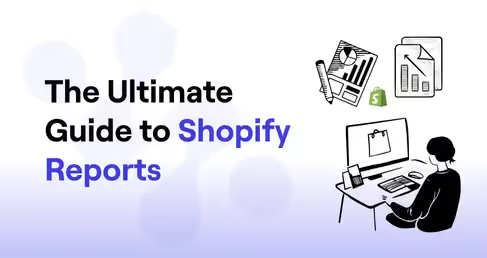If you run an eCommerce brand or manage enterprise data, you already know that data isn’t the problem. The problem is getting your data together.
You’ve got data sitting in Shopify, Klaviyo, Salesforce, Google Ads, GA4, and ten other platforms. Pulling it all into one place, and ensuring it is clean, accurate, and updated is where the real challenge begins. And this is exactly where you need to leverage the best ETL tools.
Without ETL, you’re stuck stitching spreadsheets, building fragile scripts, or constantly dealing with broken APIs. Companies everywhere are throwing serious resources at solving this exact problem.
But we have another problem: the ETL market has exploded. There are so many tools out there right now, like Fivetran, Hevo, Airbyte, Saras Daton, Estuary, Portable, and more. Each claims to be faster, cheaper, or “more advanced” than the rest.
This guide is here to cut through the noise. We’ll walk through what ETL really is, why it matters, and then break down the 21 best ETL tools in 2025. If you’re trying to figure out which ETL solution actually fits your business (and your data team), this blog is all you need to read.
What is ETL?
ETL stands for Extract, Transform, and Load. These tools grab your data from different platforms, clean it up, and load it into your warehouse. Let’s break it down:
- Extract: You pull data from wherever it lives, such as Shopify, Google Ads, Salesforce, or even your database.
- Transform: You clean, map, standardize, and prep that data so it’s eventually useful. This way, you ensure that there are no more mismatched currencies, broken product IDs, or weird timestamp formats.
- Load: You load that clean data into your warehouse, where your analytics, dashboards, and machine learning models can finally do their job.
Historically, ETL meant transforming the data before it hit the warehouse. But in the last few years, many businesses have shifted toward ELT, i.e., extracting and loading everything first and then transforming inside the warehouse using tools like DBT. Both approaches work. The right one depends on your tech stack, latency needs, and data engineering capacity.
What are ETL Tools?
Building data pipelines manually is both messy and time-consuming. ETL tools are software that automate all of this. They connect to dozens (or hundreds) of data sources, schedule extraction jobs, run transformations, and load data into your warehouse or lake. Instead of managing complex codes and APIs, you point and click. Or, for the more technical teams, you configure pipelines with YAML or SDKs.
Here’s what modern ETL platforms bring to the table:
- Built-in connectors for your SaaS apps and databases.
- Transformation engines that clean your data automatically.
- Automation and monitoring, so you aren’t up at 2 AM when a pipeline fails.
- Security, compliance, and governance features are baked in.
- Scalability, so your pipelines don’t fall over as your business grows.
Related Read: Best Klaviyo ETL Tools
Why are ETL Tools Important?
Data is the driving force that can elevate the success of your eCommerce business. But to make sense of that raw data, you need a tool that can pull them together in real-time, with a hundred percent accuracy. Here are some key reasons why you need to look for the best ETL tools:
1. A single source of truth for your eCommerce data
Your eCommerce data is scattered. Sales are in Shopify. Ads are in Meta. Email campaigns are in Klaviyo. Without pulling everything into one place, your reports are never quite right. ETL tools make it possible to consolidate these data streams into a single source of truth.
2. Broken or unclean data kills good decisions
Raw data is messy. Issues like missing fields, inconsistent formats, duplicates, and bad timestamps are everywhere. Fortunately, ETL platforms handle this cleanup automatically. Without this clean-up, your marketing dashboard won't give you the real figures, which means your revenue models will break.
3. The Freshness of your Data
Real-time data isn’t “nice-to-have” anymore. If you’re trying to optimize inventory, personalize offers, or catch fraud, waiting 24 hours for your data warehouse to update doesn’t cut it. ETL platforms let you move data as fast as you need it.
According to McKinsey, companies using real-time data are 23x more likely to outperform competitors in customer acquisition and retention.
4. You don’t want to hire a huge data team
Building and maintaining pipelines is labor-intensive. ETL tools let you skip most of that overhead. Fewer engineers babysitting APIs means more engineers focused on higher-value work.
5. You stay compliant
Privacy rules keep tightening with GDPR, CCPA, and HIPAA. Modern ETL tools have built-in encryption, access controls, and audit logs to help you stay on the right side of regulators.
Types of ETL Tools
Not all ETL tools work the same way. Depending on your team, your stack, and your use case, different categories make sense.
Quick takeaway:
- If you’re an eCommerce brand, SaaS company, or enterprise scaling fast: cloud-native ETL is usually the sweet spot.
- If you’re deeply regulated or on legacy infrastructure: you may still need on-prem or hybrid setups.
- If you have a strong data team and want control: open source can give you flexibility (but expect more work).
Must-have Features for ETL Tools
When companies evaluate ETL tools today, most vendors present a similar checklist of features. On the surface, many platforms claim to handle extraction, transformation, and loading across a wide variety of data sources. But when you examine these platforms through the lens of enterprise-scale eCommerce or SaaS operations, the differences become much clearer.
Some tools have grown to handle highly complex data environments, while others begin to struggle once businesses scale beyond a few initial pipelines. So, when you compare the best ETL tools in 2025, consider the points below:
1. Connector Breadth and Integration Depth
eCommerce businesses today often operate across Shopify, BigCommerce, Meta Ads, Klaviyo, Google Analytics 4, and multiple cloud warehouses. SaaS businesses may additionally rely on Salesforce, HubSpot, Snowflake, and dozens of internal applications.
While many platforms advertise a high number of pre-built connectors, these headline numbers don’t always reflect the true depth or reliability of those integrations. Some tools may list hundreds of connectors, but many of them are community-supported or require additional engineering resources to fully operationalize. More mature platforms offer deeply integrated, fully maintained connectors that automatically adapt to API changes, field mapping updates, and schema evolution.
2. Advanced Data Transformation Capabilities
Data extraction is just the first step. The true complexity arises in the transformation layer, where raw data needs to be cleaned, joined, normalized, and prepared for downstream analytics or machine learning models. This transformation layer is often where ETL platforms differentiate most clearly.
Effective data transformation capabilities include support for complex joins across multiple sources, deduplication rules, currency normalization, time zone alignment, and customer stitching across disparate systems.
For eCommerce organizations, it’s common to consolidate customer data spread across order management, email marketing, and multiple paid advertising platforms. Achieving an accurate, unified customer 360 profile demands flexible and highly configurable transformation logic.
Some ETL platforms push most transformation logic downstream into the data warehouse using ELT frameworks such as dbt. Others allow for in-pipeline transformation. This reduces the computing loads on expensive warehouse resources and simplifies pipeline design.
3. Monitoring, Observability, and Failure Recovery
In theory, ETL pipelines are set-and-forget. In practice, they require continuous monitoring to ensure data integrity and prevent operational disruptions. API changes, schema updates, credential expirations, and network failures can all introduce pipeline failures if not detected and remediated quickly.
Modern ETL platforms should offer detailed monitoring dashboards, real-time error alerts, comprehensive log files, and row-level error tracking to simplify troubleshooting. Automated retry logic for transient failures helps reduce manual intervention, while notification systems via Slack, email, or webhooks allow data teams to stay informed of any disruptions.
For example, if a Shopify API update causes a sync failure, a modern ETL platform should immediately alert the appropriate operations team with enough diagnostic detail to resolve the issue before downstream reporting is impacted. Saras Daton provides built-in observability tools that allow data teams to maintain confidence in pipeline stability without dedicating excessive engineering resources to constant monitoring.
4. Security, Compliance, and Enterprise Governance
Security and compliance have become critical particularly for eCommerce companies managing PII, financial transactions, and marketing data. Enterprise-grade ETL platforms should provide end-to-end encryption (both at rest and in transit), role-based access controls, SOC 2 Type II certification, and built-in GDPR, HIPAA, and CCPA compliance capabilities. Additionally, credential management should occur through secure, centralized vaults rather than embedded API keys.
Saras Daton’s enterprise security model includes advanced permission management, encryption across every stage of data movement, and secure credential storage. These controls are essential not only for regulatory compliance but also for protecting internal business-critical data flows from unauthorized access.
5. Automation, Scheduling, and Pipeline Orchestration
Pipeline automation remains one of the most underappreciated drivers of operational efficiency. Modern ETL platforms allow businesses to configure pipelines that automatically execute based on event triggers, scheduled intervals, or dependency chains. This ensures that downstream reporting layers receive updated data reliably without requiring teams to monitor batch jobs or coordinate task sequences manually.
In many open-source tools like Airbyte or Meltano, advanced orchestration often requires additional engineering work to layer orchestration engines such as Apache Airflow. On the other hand, SaaS platforms like Saras Daton offer native orchestration
features, enabling complex workflows and pipeline dependencies to be managed directly within the platform itself. It offers full visibility into status, performance, and recovery steps.
6. Real-Time and Batch Processing Support
Many businesses mistakenly assume they only require batch processing for standard analytics workloads. In reality, eCommerce and SaaS companies increasingly demand real-time or near real-time pipelines for fraud detection, inventory synchronization, and personalized marketing.
A flexible ETL platform must support both real-time streaming pipelines and traditional batch ingestion models. Saras Daton’s hybrid architecture allows enterprises to operate both real-time and batch pipelines within the same platform, avoiding the need to manage separate technologies for different use cases.
Platforms that limit functionality to one ingestion model force businesses to compromise between cost, latency, and operational complexity. The ability to flex between real-time and batch pipelines as business requirements evolve is quickly becoming a key differentiator in the modern ETL market.
7. Scalability and Schema Evolution
You should also look at how well an ETL platform handles growth; not just in terms of data volume, but also schema complexity, new data sources, and evolving business requirements. According to IDC, enterprise data volumes are doubling every 18 to 24 months, which places increasing strain on data infrastructure.
Enterprise-ready ETL platforms must gracefully handle:
- Rapid growth in event volumes
- Changes to source system schemas (added fields, renamed columns, deprecated fields)
- Addition of new data sources and integration points
- Increased concurrency as multiple teams and use cases rely on the same pipelines
Saras Daton’s architecture supports dynamic schema evolution, automatically adapting to API changes without breaking pipelines or requiring constant developer intervention. As a result, the data teams can focus on analytics and insights rather than on continuous pipeline maintenance.
Top 21 ETL Tools in 2025
Selecting an ETL tool in 2025 requires more than simply comparing connector counts or marketing feature lists. The best solutions deliver comprehensive data integration, flexible transformation options, strong governance, and enterprise-grade stability. These features will serve as the foundation for evaluating the best ETL tools. So, let’s walk through the 21 leading platforms, their real capabilities, and how they fit modern enterprise and eCommerce needs.
1. Saras Daton
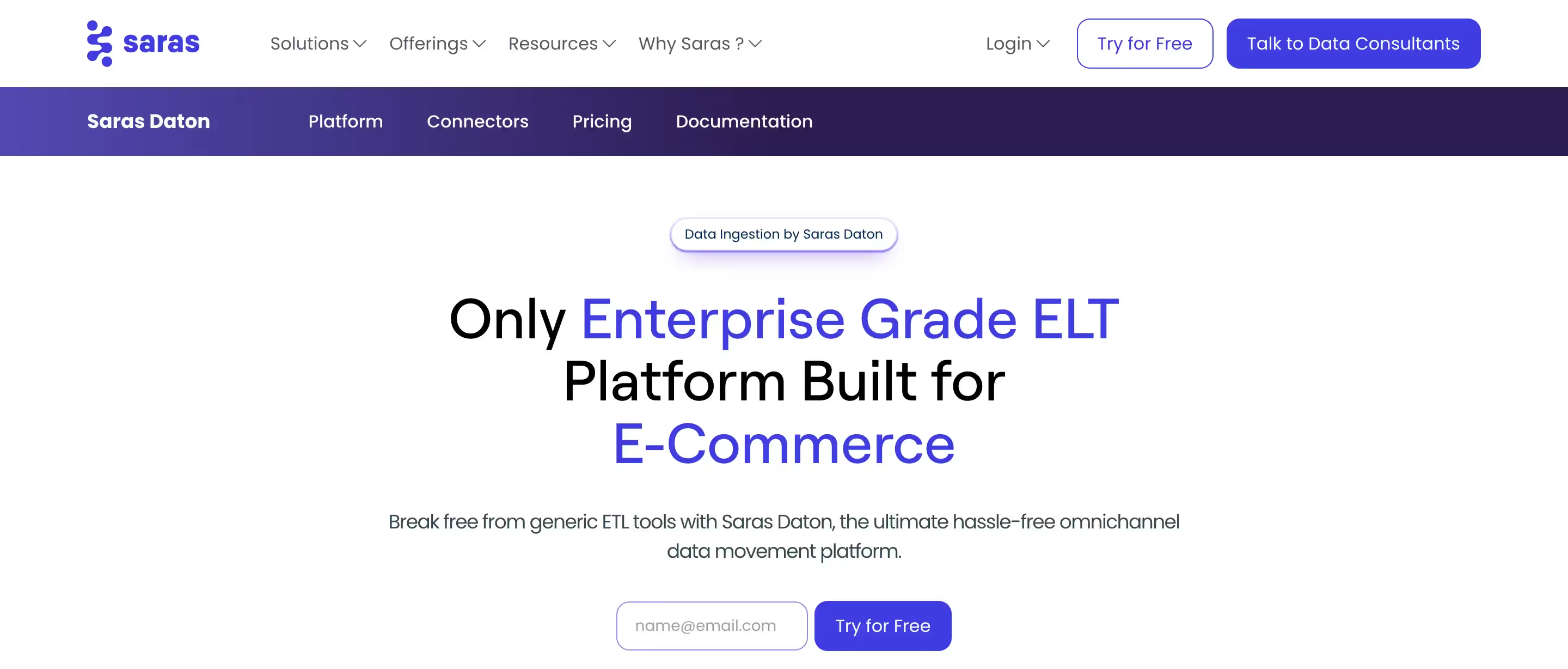
Saras Daton was purpose-built to handle modern omnichannel data pipelines. Where many ETL tools struggle to adapt across fragmented eCommerce, SaaS, and marketing ecosystems, Daton provides a strong out-of-the-box foundation that simplifies integration for data teams and business users alike. It fits particularly well for businesses that want fast time-to-value without sacrificing control over complex data pipelines.
Key Features
- Over 200 pre-built connectors (eCommerce focused) including Shopify, TikTok Shop, Meta Ads, Klaviyo, Amazon Seller Central, and Walmart.
- Full support for both batch and real-time data pipelines.
- No-code interface for non-technical teams, with advanced customization for data engineers.
- Automated schema change detection and data validation.
- Enterprise-grade data security, SOC 2 compliance, audit logging.
- Workflow automation and dependency management.
- Deployment flexibility: SaaS cloud or dedicated VPC hosting.
Pros
- 200+ eCommerce and SaaS connectors make onboarding very fast.
- Real-time and batch flexibility on a single platform.
- No-code + advanced customization appeals to both business and engineering.
- Designed for eCommerce complexity (such as built-in connectors for GA4, Meta, TikTok, and Klaviyo)
- Enterprise support with 24/7 SLA.
Cons
- Not fully open-source (compared to Airbyte, Meltano).
- Fewer developer-driven pipeline-as-code options than Airbyte or Meltano.
G2 User Ratings
- Overall: 4.9/5
- Ease of Use: 4.9/5
- Support: 5.0/5
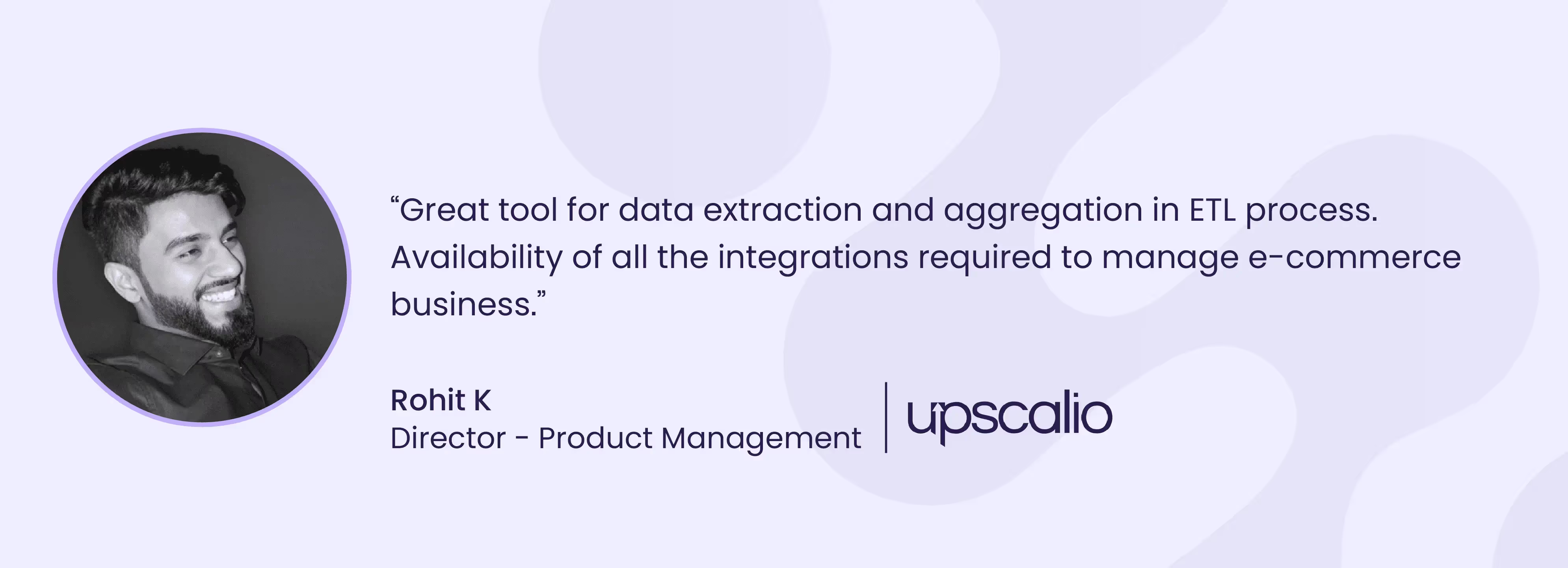
Pricing
Saras Daton offers simple, predictable pricing based on data volume and number of sources. Besides the Lite (free) plan, there are two more plans to pick from- Growth (starts at just $95 per month) and Enterprise (custom).
.avif)
2. Hevo Data
Hevo is positioned as a user-friendly SaaS ETL platform targeting fast-growing SaaS companies and digital businesses. Its appeal lies in simplicity as setting up connectors requires minimal technical effort. Hevo is for mid-market SaaS companies, agencies, and eCommerce companies that don’t have large data teams but need reliable ETL pipelines. It’s ideal for smaller teams who want something between Zapier and complex enterprise tools.
Related Read: Hevo Data
Key Features
- 150+ connectors for SaaS apps, databases, and marketing tools.
- No-code pipeline setup for source-destination configurations.
- Auto schema mapping and data normalization.
- Built-in data transformation using Python and drag-and-drop editor.
- Real-time streaming and CDC are available for some sources.
- SaaS hosted (zero infrastructure management).
Pros
- Intuitive UI; non-technical teams can easily set up pipelines.
- Handles common SaaS tools like Salesforce, HubSpot, Google Ads, Snowflake.
- Schema drift handling makes data pipelines resilient.
- SaaS hosting simplifies maintenance.
Cons
- Limited support for fully custom or niche connectors.
- Real-time CDC capabilities are more limited compared to Airbyte or Fivetran.
- Less suited for heavy enterprise or hybrid cloud deployments.
G2 User Ratings
- Overall: 4.5/5
- Ease of Use: 4.6/5
- Support: 4.6/5
Pricing
Free tier up to 1M events/month. Paid plans start at ~$239/month.
3. Fivetran
Fivetran has become one of the most recognizable names in SaaS ETL. It focuses heavily on fully managed, automated pipelines that eliminate most pipeline maintenance. The platform appeals strongly to engineering teams who want “set it and forget it” data integration at enterprise scale. Financial services, healthcare, SaaS platforms, and mature eCommerce brands often choose Fivetran for stability, enterprise security, and automation.
Related Read: Saras Daton vs Fivetran
Key Features
- 300+ pre-built connectors across SaaS, databases, and warehouses.
- Fully managed pipelines with automated schema change detection.
- ELT-first architecture, pushing transformations into target warehouses.
- Highly scalable with multi-cloud support.
- Built-in DBT transformations.
- Usage-based pricing on Monthly Active Rows (MAR).
Pros
- Unmatched connector catalog.
- Fully automated pipeline management.
- Handles schema drift automatically.
- Large enterprise ecosystem integrations (Okta, Snowflake, Databricks).
Cons
- High pricing for large row volumes (MAR pricing model).
- Not an eCommerce-focused ELT platform
- Limited real-time support (optimized for batch ELT).
- Minimal support for fully custom integrations without partner services.
G2 User Ratings
- Overall: 4.6/5
- Ease of Use: 4.5/5
- Support: 4.5/5
Pricing
Free starter plan; pay-per-MAR pricing starts at ~$1,000/month for most companies.
4. Airbyte
Airbyte has quickly grown into one of the leading open-source ETL tools, with significant flexibility for technical teams to customize pipelines and build connectors rapidly. It attracts data engineering teams who want full pipeline ownership but with less custom code than building from scratch. Startups, marketplaces, and eCommerce brands with hybrid cloud infrastructure often prefer Airbyte for its balance of open-source flexibility with hosted SaaS convenience.
Key Features
- 300+ pre-built connectors (open-source + managed cloud).
- Custom connector builder via no-code UI or CDK SDK.
- Real-time and batch capabilities.
- Airbyte Cloud offers fully hosted SaaS option.
- PyAirbyte Python SDK for programmatic control.
- Open-source with growing contributor community.
Pros
- Large open-source community keeps expanding connector catalog.
- No vendor lock-in for open-source deployments.
- Developer-friendly customization.
- SaaS and self-managed deployment flexibility.
Cons
- Open-source version requires engineering expertise.
- Connector maturity can vary across sources.
- State management and failure recovery can still be improved.
G2 User Ratings
- Overall: 4.5/5
- Ease of Use: 4.4/5
- Support: 4.5/5
Pricing
The open-source version is for free. Cloud plans start at ~$500/month.
5. Stitch Data
Now part of Talend, Stitch positions itself as a lightweight SaaS ELT tool for smaller analytics teams. While its capabilities are narrower, its simple batch-first architecture remains attractive for organizations with smaller data complexity. Stitch fits well for early-stage SaaS companies, agencies, and eCommerce brands that primarily need simple data extraction pipelines into a cloud warehouse.
Key Features
- 130+ built-in connectors.
- Simple UI with no-code setup.
- Batch processing only (no streaming).
- Schema mapping and automatic error handling.
- Fully SaaS hosted.
Pros
- Very simple onboarding.
- Managed hosting removes infrastructure worries.
- Affordable for small teams.
Cons
- Limited connector catalog.
- No real-time ingestion or CDC.
- Scalability challenges beyond mid-market volumes.
G2 User Ratings
- Overall: 4.3/5
- Ease of Use: 4.4/5
- Support: 4.3/5
Pricing
Starts at $100/month for 5 million rows; advanced plans go up to $2,500/month.
6. AWS Glue
AWS Glue is Amazon’s fully managed serverless ETL platform. It serves engineering teams already invested in AWS cloud services and offers tight integration across AWS analytics products. If your stack runs almost entirely inside AWS, including Redshift, Aurora, and EMR, Glue offers seamless service-to-service data pipelines.
Key Features
- Serverless architecture with Spark and Python support.
- Native integration with S3, Redshift, DynamoDB, Athena.
- 100+ AWS-native data sources.
- Data Catalog and schema inference.
- Event-based triggers and orchestration.
Pros
- Deep AWS platform integration.
- No server management required.
- Supports both batch ETL and streaming ingestion.
Cons
- Complex setup compared to SaaS ETL tools.
- Pricing gets tricky as workloads scale.
- Fewer SaaS app integrations compared to Daton, Hevo, or Fivetran.
G2 User Ratings
- Overall: 4.3/5
- Ease of Use: 3.9/5
- Support: 4.2/5
Pricing
It starts at ~$0.44 per DPU-hour, plus storage and transfer costs.
7. Portable.io
Portable.io focuses on an extremely wide catalog of long-tail SaaS connectors that most major ETL tools don’t support. It’s positioned for businesses dealing with niche or highly specialized SaaS integrations. Portable fits best for businesses where niche SaaS applications (beyond the mainstream 200-300 apps) make up critical parts of the data stack. Marketing agencies, legal tech, fintech, and vertical SaaS companies benefit the most.
Key Features
- 1,500+ SaaS connectors.
- Fully managed SaaS platform.
- Connector development on demand.
- Incremental sync and schema evolution supported.
- Flat-rate pricing per connector.
Pros
- Unmatched niche connector coverage.
- No-code interface makes setup simple.
- Cost-effective pricing model.
Cons
- Limited complex transformations.
- Primarily batch-based syncs.
- Less real-time capability than Saras Daton or Fivetran.
G2 User Ratings
- Overall: 4.5/5
- Ease of Use: 4.7/5
- Support: 4.8/5
Pricing
Starts at ~$290/month for 1 connector; volume discounts for multiple connectors.
8. Oracle Data Integrator (ODI)
Oracle Data Integrator remains a staple for large enterprises with heavy Oracle investments. Its ELT-based architecture leans on pushing transformations down into target databases, which fits well for Oracle-centric analytics stacks. Fortune 500 enterprises operating large-scale Oracle ERP, CRM, and custom Oracle DB stacks rely on ODI.
Key Features
- Native ELT architecture for optimized in-warehouse transformations
- Deep Oracle ecosystem integration: Oracle Database, Exadata, Autonomous DB, and Fusion apps
- Change Data Capture (CDC) capabilities for incremental loads
- Large set of pre-built knowledge modules for transformations
Pros
- Highly optimized for Oracle workloads
- Reduces network traffic by transforming data inside destination systems
- Rich metadata management and lineage capabilities
Cons
- Limited native connectors for non-Oracle SaaS applications
- High licensing and infrastructure costs
- Requires specialized Oracle expertise to implement and maintain
G2 User Ratings
- Overall: 4.2/5
- Ease of Use: 3.8/5
- Support: 4.2/5
Pricing
Enterprise license-based pricing; typically bundled with Oracle data platform agreements.
9. Talend
Now owned by Qlik, Talend offers a full-stack data platform that blends ETL, data governance, and data quality management. Talend Data Fabric is the flagship enterprise offering. Talend excels in large organizations needing unified data management beyond pipelines.
Key Features
- 1,000+ connectors through Talend Cloud
- Real-time and batch ETL capabilities
- Built-in data profiling and data quality tools
- Visual job designer with drag-and-drop interface
- Data lineage and compliance-ready governance layer
Pros
- Enterprise-grade governance features
- Robust metadata management
- Data quality monitoring baked directly into pipelines
Cons
- Higher learning curve for smaller teams
- Costs escalate quickly with enterprise deployments
- More complex UI compared to newer no-code ETL platforms
G2 User Ratings
- Overall: 4.3/5
- Ease of Use: 4.0/5
- Support: 4.3/5
Pricing
Enterprise license model; custom quotes required.
10. Pentaho Data Integration (PDI)
Pentaho (from Hitachi Vantara) offers a long-standing ETL suite known for hybrid deployment flexibility, including on-prem, cloud, and big data integration. Large enterprises with legacy data systems, mixed cloud/on-prem environments, and custom big data workloads often lean on Pentaho for its flexibility.
Key Features
- Low-code drag-and-drop interface
- Metadata injection for dynamic transformations
- Containerized deployments with Kubernetes support
- Hadoop, Spark, and NoSQL integrations
Pros
- Mature platform with broad data integration support
- Advanced data blending and transformation capabilities
- Flexible hybrid deployment options
Cons
- Slower innovation pace compared to cloud-native competitors
- Complex enterprise licensing structures
- Limited SaaS connector library compared to newer tools
G2 User Ratings
- Overall: 4.1/5
- Ease of Use: 3.9/5
- Support: 4.2/5
Pricing
Free developer edition available; paid licenses for enterprise use.
11. Hadoop (via Hive, Sqoop, Spark)
While Hadoop itself isn’t a direct ETL tool, many data teams still use Hadoop-based components for building large-scale data processing pipelines. Mostly large legacy enterprises or niche AI/ML teams with massive raw data lakes still on-premise or in hybrid cloud deployments.
Key Features
- Distributed processing via Hadoop Distributed File System (HDFS)
- Hive for SQL-like transformations at scale
- Sqoop for database ingestion
- Spark for advanced real-time and batch ETL
Pros
- Massive scalability for petabyte-scale data
- Open-source flexibility
- Ecosystem depth with Spark, Hive, HBase, etc.
Cons
- Complex to deploy and manage
- High operational overhead compared to modern SaaS ETL tools
- Difficult for non-engineering teams
G2 User Ratings
- Overall: 4.3/5
- Ease of Use: 3.5/5
- Support: 4.1/5
Pricing
Open-source; infrastructure and operational costs drive TCO.
12. Azure Data Factory
Azure Data Factory (ADF) is Microsoft’s primary cloud-native ETL solution for Azure users. ADF offers deep integration across Microsoft’s entire cloud ecosystem. Many mid-to-large enterprises have already standardized on Microsoft Azure to achieve unified governance, seamless cloud integration, and enterprise-grade security.
Key Features
- 275+ native connectors
- Seamless integration with Azure Synapse, SQL Database, Power BI
- Hybrid data integration across cloud, on-prem, and SaaS
- Visual pipeline designer plus data flow transformations
Pros
- Native Azure integration makes deployment seamless for Azure-first teams
- CI/CD friendly for enterprise DevOps pipelines
- Robust data lineage and compliance features
Cons
- Complex pricing model across activities, compute, and data movement
- Somewhat batch-oriented with limited true real-time CDC support
- Less SaaS connector breadth compared to competitors like Saras Daton
G2 User Ratings
- Overall: 4.5/5
- Ease of Use: 4.3/5
- Support: 4.4/5
Pricing
Pay-as-you-go activity-based pricing.
13. Google Cloud Dataflow
Google’s fully managed stream and batch ETL engine built atop Apache Beam, tightly integrated into GCP services. Dataflow is used by Google Cloud-native companies running real-time event processing, ML pipelines, or IoT workloads at high scale.
Key Features
- Unified batch + stream ETL
- Native integration with BigQuery, Cloud Storage, Pub/Sub
- Auto-scaling compute engine
- Serverless operation removes infrastructure overhead
Pros
- Ideal for streaming ETL at very large volumes
- Serverless scaling reduces infrastructure management
- First-class support for AI/ML workloads on GCP
Cons
- GCP-centric (limited cross-cloud appeal)
- Complex Apache Beam model requires advanced engineering
- Not a simple point-and-click SaaS ETL tool
G2 User Ratings
- Overall: 4.4/5
- Ease of Use: 3.9/5
- Support: 4.2/5
Pricing
Pay-per-use pricing based on vCPU, memory, and data processed.
14. Qlik Compose
Qlik Compose focuses specifically on accelerating data warehouse automation, with tight integration into Qlik’s data analytics platform. It is used by enterprises running full Qlik data stacks, and who want fully automated ELT pipelines directly into BI-ready data marts.
Key Features
- Data warehouse automation templates
- Real-time CDC support via Qlik Replicate
- Data modeling, lineage, and governance built-in
- Seamless BI integration with Qlik Sense
Pros
- Simplifies warehouse management for analytics teams
- Strong real-time replication via Replicate engine
- Full metadata lineage tracking
Cons
- Limited standalone SaaS integration breadth
- Requires full Qlik ecosystem commitment
- More expensive compared to standalone ETL vendors
G2 User Ratings
- Overall: 4.3/5
- Ease of Use: 4.1/5
- Support: 4.4/5
Pricing
Enterprise licensing via Qlik sales.
15. Integrate.io
If you're working in a mid-sized company and just want to get data from A to B without coding, Integrate.io might do the trick. It used to be called Xplenty and is built around a drag-and-drop interface, so non-technical folks can manage their own data pipelines. It’s got 140+ connectors, and while it’s not flashy, it’s practical. A decent option if you’re growing and need something functional without hiring a data engineer.
Key Features
- 150+ SaaS and database connectors
- Drag-and-drop ETL pipeline builder
- Python-based transformations and scripting
- Basic data quality and validation options
Pros
- Approachable for non-engineering users
- Flexible pricing for small-to-mid volume data flows
- Visual transformation builder simplifies pipeline setup
Cons
- Limited CDC and real-time capabilities
- Less powerful orchestration for multi-step pipelines
- Lags behind competitors on advanced compliance features
G2 User Ratings
- Overall: 4.4/5
- Ease of Use: 4.5/5
- Support: 4.5/5
Pricing
Credit-based pricing starting at ~$15,000/year for entry plans.
16. Astera Centerprise
Astera’s platform combines data integration, API workflows, and validation tools. It’s especially common in industries like healthcare and the public sector, where data rules are strict and on-prem setups are still the norm. The UI feels dated, but it gets the job done. Real-time support is limited, so if you’re streaming events or syncing ad data frequently, this probably isn’t the best fit.
Key Features
- 100+ connectors
- Visual drag-and-drop interface
- Built-in data profiling and cleansing
- REST API orchestration support
- On-premise or cloud deployments
Pros
- Strong API management features alongside ETL
- Robust data profiling tools included
- Private deployment options for high-security environments
Cons
- Less SaaS focus compared to eCommerce-oriented platforms
- Pricing and licensing are not transparent
- Limited real-time streaming support
G2 User Ratings
- Overall: 4.2/5
- Ease of Use: 4.0/5
- Support: 4.3/5
Pricing
Custom enterprise pricing.
17. Informatica
This one’s heavy-duty. Informatica has been around forever and is the go-to for large enterprises in finance, pharma, and government. It connects to just about everything, handles metadata, and ticks every governance checkbox. But it’s also expensive, complex, and not something you spin up in a day. If you’re not a Fortune 500 with a dedicated data team, it might be overkill.
Key Features
- 1,200+ connectors
- Comprehensive data governance & quality modules
- AI-powered data catalog
- Hybrid, multi-cloud support
- Master data management and data lineage
Pros
- Extremely mature enterprise platform
- Deep metadata management and compliance capabilities
- Multi-cloud, hybrid deployment models
Cons
- Complex platform with long learning curve
- Premium licensing costs not ideal for mid-market
- Less SaaS-first than lighter modern ETL tools
G2 User Ratings
- Overall: 4.5/5
- Ease of Use: 3.9/5
- Support: 4.4/5
Pricing
Enterprise pricing (typically six-figure annual contracts).
18. Matillion
Matillion leans into cloud data warehouses like Snowflake, BigQuery, and Redshift. It runs transformations where your data lives, which makes it faster and more efficient for modern stacks. It’s developer-friendly, supports DBT, and fits well into CI/CD workflows. However, it’s less friendly for non-engineers and doesn’t offer as many SaaS connectors as other tools.
Key Features
- Deep warehouse-native transformations
- Built-in dbt support
- Orchestration via jobs and tasks
- CI/CD and DevOps-friendly workflows
- Reverse ETL options
Pros
- Mature warehouse integration features
- Developer-friendly versioning and CI/CD pipelines
- Handles complex transformations efficiently inside warehouse
Cons
- Less SaaS data source breadth than Fivetran or Saras Daton
- Complex pricing based on compute usage
- Lacks real-time ingestion capabilities
G2 User Ratings
- Overall: 4.6/5
- Ease of Use: 4.4/5
- Support: 4.5/5
Pricing
Starts at ~$1,000/month for base plans; scales up with vCPU usage.
19. Meltano
If your team likes building things from scratch and lives on GitHub, Meltano’s worth a look. It is an open-source tool, built for engineers, and works with Singer taps for extracting and loading data. It’s not a turnkey solution; you’ll be writing config files and managing deployments, but the control it gives you is unmatched. Hence, it is only ideal for engineering teams looking for an open-source alternative to Airbyte, with strong versioning and software development principles baked into the ETL.
Key Features
- Singer tap/target compatibility
- Git-based version control for pipelines
- Flexible local or cloud deployment
- Full DevOps automation
Pros
- Full data pipeline as code
- Excellent for version control, testing, and CI/CD
- Large and growing open-source community
Cons
- Requires engineering skills to operate
- Still evolving SaaS features vs. commercial ETL platforms
- Connector ecosystem smaller than Airbyte
G2 User Ratings
- Overall: 4.2/5
- Ease of Use: 4.0/5
- Support: 4.1/5
Pricing
Open-source (free); hosted plans available through Meltano Cloud.
20. Rivery
Rivery tries to do a bit of everything: ELT, reverse ETL, orchestration, and automation. It supports over 200 data sources, and you can write logic in SQL or Python. It’s cleaner than a lot of legacy tools but still powerful enough for complex workflows. It sits in a nice middle ground; i.e., enough features for serious use, but not so complicated that it needs a full-time team to manage.
Key Features
- 200+ SaaS and database connectors
- Reverse ETL integrations
- Python and SQL-based transformation logic
- Workflow automation and orchestration
- DataOps-friendly scheduling and dependency management
Pros
- Smooth onboarding for non-technical users
- Reverse ETL built-in
- Prebuilt data models for SaaS reporting
Cons
- Batch-based architecture (not real-time streaming)
- Limited support for very high-frequency CDC
- Premium pricing tiers
G2 User Ratings
- Overall: 4.4/5
- Ease of Use: 4.5/5
- Support: 4.5/5
Pricing
Credit-based pricing starts at ~$0.75 per compute credit.
21. Apache Airflow
Airflow is more of a workflow engine than a plug-and-play data integration tool. Built by Airbnb and now part of the Apache Software Foundation, it’s designed for engineers who want complete control over how data pipelines run. It’s open-source, Python-based, and gives you the flexibility to build highly customized workflows, schedule jobs, monitor execution, and handle dependencies all from code.
Pros:
- Total flexibility in how workflows are designed and executed
- Strong community and ecosystem, with tons of plugins and integrations
- Open-source (free to use) and highly customizable
- Works well with both batch and streaming systems (with configuration)
Cons:
- Requires engineering resources to deploy, manage, and monitor
- UI can feel clunky, especially for business users
- No built-in connectors (you’ll need to write or plug in your own)
- No native data integration
- Managing scaling and retries takes some hands-on setup
Pricing:
Airflow is open-source and free to use, but the true cost comes from setup and maintenance.
How to Choose ETL Tools That Fit Your Use Case
Selecting the right ETL solution isn’t just about features or how many connectors a vendor offers. The better approach is to map your business’s needs to each tool’s core strengths.
Some tools are perfect for real-time streaming, while others shine in batch processing. Some prioritize no-code simplicity; others empower your data engineering team with full control.
Let’s break it down by the most common real-world use cases:
A few important examples to clarify:
- If you're a DTC eCommerce brand running Shopify, Klaviyo, Meta Ads, Amazon Seller Central, and Google Analytics 4, then Saras Daton has native connectors across all of these. You can stand up full-funnel pipelines in days, not weeks.
- If you're a B2B SaaS firm heavily invested in Salesforce, HubSpot, NetSuite, and Snowflake, then Fivetran will give you very strong pre-built enterprise SaaS coverage.
- If your architecture is entirely AWS-native: Redshift, S3, DynamoDB. Also, if your engineers are comfortable writing Spark scripts, AWS Glue may give you the tightest AWS-native integration.
- If you want full-code ownership with open-source flexibility, Airbyte or Meltano gives your data engineers that freedom.
- If you're running thousands of niche SaaS applications across your teams, such as legal tech, vertical SaaS, or HR apps, Portable.io will have connectors others simply don’t.
The mistake many companies make is selecting based on feature lists without considering these nuances. In enterprise data integration, the best ETL tools are always about the alignment with your current stack, your internal team’s skill set, and your growth roadmap.
Why Enterprises and eCommerce Brands Choose Saras Daton
When eCommerce and SaaS operators reach the point where fragmented SaaS data is slowing them down, Saras Daton often becomes the best long-term fit. Let’s summarize why.
1. Built for eCommerce-Grade Complexity
Daton natively integrates with the full eCommerce and SaaS stack: Shopify, Amazon, Meta, TikTok Shop, Klaviyo, Google Ads, and many more. Unlike horizontal ETL platforms that were built first for generic SaaS, Daton was engineered with omnichannel eCommerce in mind (high SKU counts, volatile order data, multi-marketplace pipelines, subscription metrics, and campaign attribution).
2. Real-Time + Batch Flexibility
Daton allows teams to run both real-time streaming pipelines (for operational reporting or retention use cases) and large batch jobs (for marketing attribution, LTV modeling, cohort analysis). Few platforms handle both modes equally well without requiring custom engineering.
3. 200+ Pre-Built Connectors (with Custom Connectors support)
Most brands struggle because traditional ETL tools cover only part of their stack. Saras Daton gives you enterprise-grade coverage out-of-the-box. But it also allows customization when needed. If you add a niche SaaS tool tomorrow, Daton’s team will build that connector fast.
4. Enterprise-Ready Security and Compliance
SOC 2 Type II compliance, role-based access, PII masking, and lineage tracking, they all are built in. Large retailers, public companies, and PE-backed growth companies trust Saras Daton because it takes governance seriously from day one.
5. True No-Code Setup, without Sacrificing Control
Business teams can self-serve data pipelines without learning SQL or Python, while data teams retain full control over transformations and orchestration logic as complexity grows. This means less engineering bottlenecks, faster iteration, and higher data team leverage.
6. 24/7 Support (eCommerce-focused)
Many ETL vendors claim “support” but actually limit help to business hours or online forums. Saras Daton assigns dedicated success managers and operates full 24/7 support via email, Slack, and phone, for omnichannel brands.
Final Takeaway
After looking at 21 top ETL tools for 2025, covering everything from eCommerce data flows to SaaS integrations, real-time needs, and enterprise-grade security, one thing is clear: the right tool really depends on whether it’s built with eCommerce businesses in mind.While each tool brings its strengths, Saras Daton consistently checks boxes that many others miss:
- 200+ pre-built SaaS, eCommerce, and cloud connectors that actually match modern B2B and DTC stacks.
- True real-time AND batch support for both streaming and historical pipelines.
- Enterprise-grade SLAs with full 24/7 white-glove support.
- Easy onboarding for business teams, while giving data teams full orchestration control.
- Built from the ground up for eCommerce operators, SaaS growth companies, and omni-channel brands who can’t afford fragmented, inconsistent data anymore.
At the end of the day, your ETL tool isn’t just middleware. It’s the foundation of your analytics, retention strategy, customer insights, and growth forecasting. Saras Daton doesn’t just simplify your data stack; it directly accelerates revenue-impacting decisions.
Ready to see how Saras Daton transforms your data infrastructure?




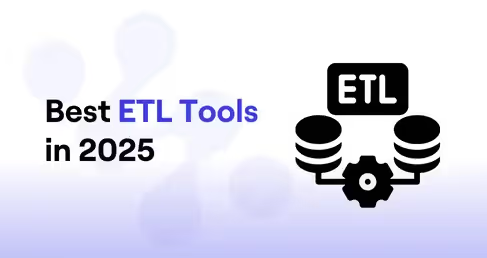



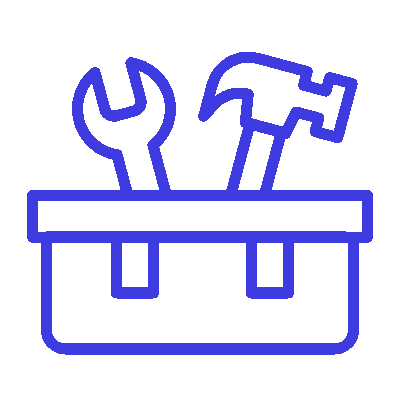




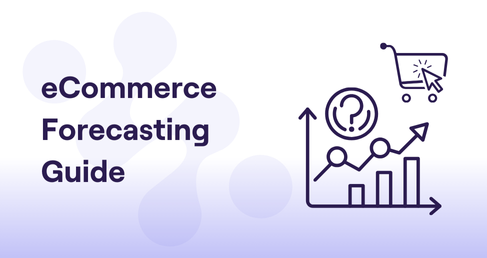
.png)
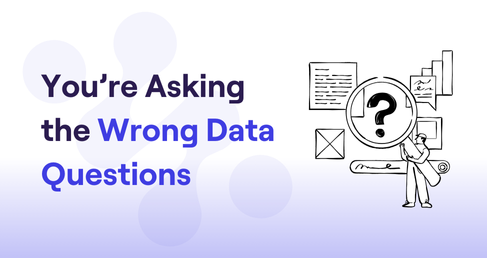
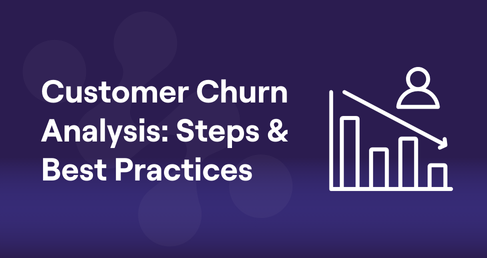
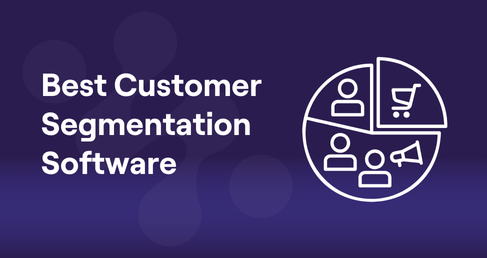
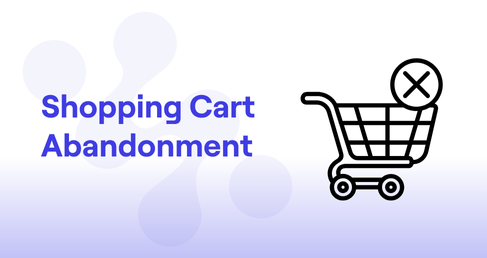
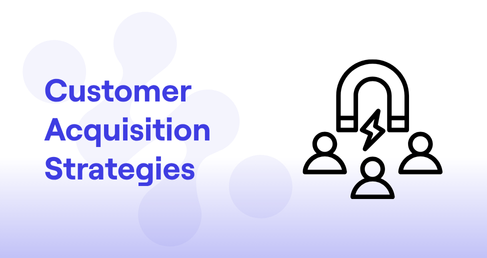
.png)
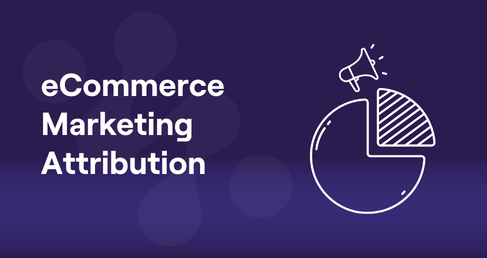
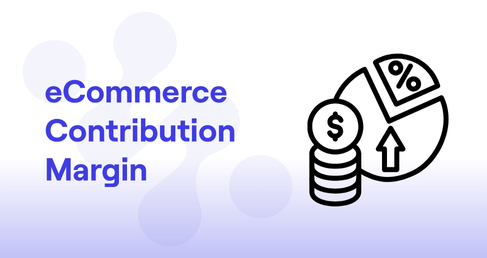
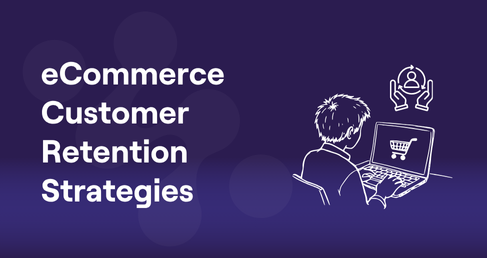
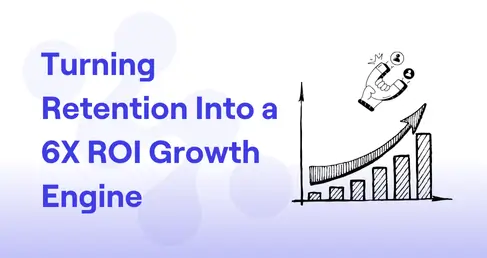

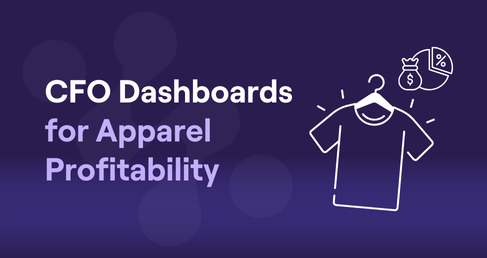

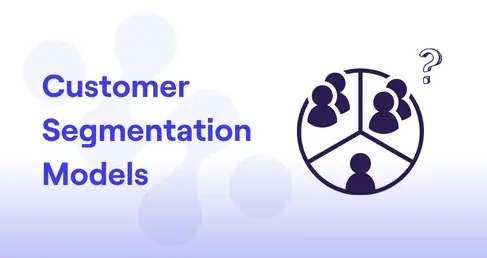
.webp)
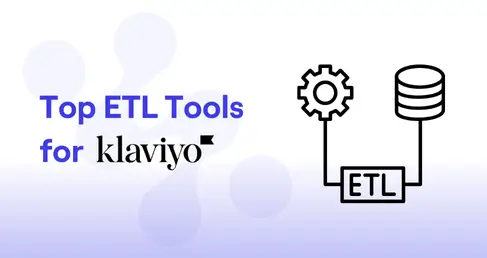

.avif)
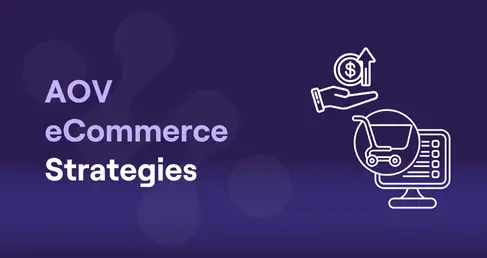
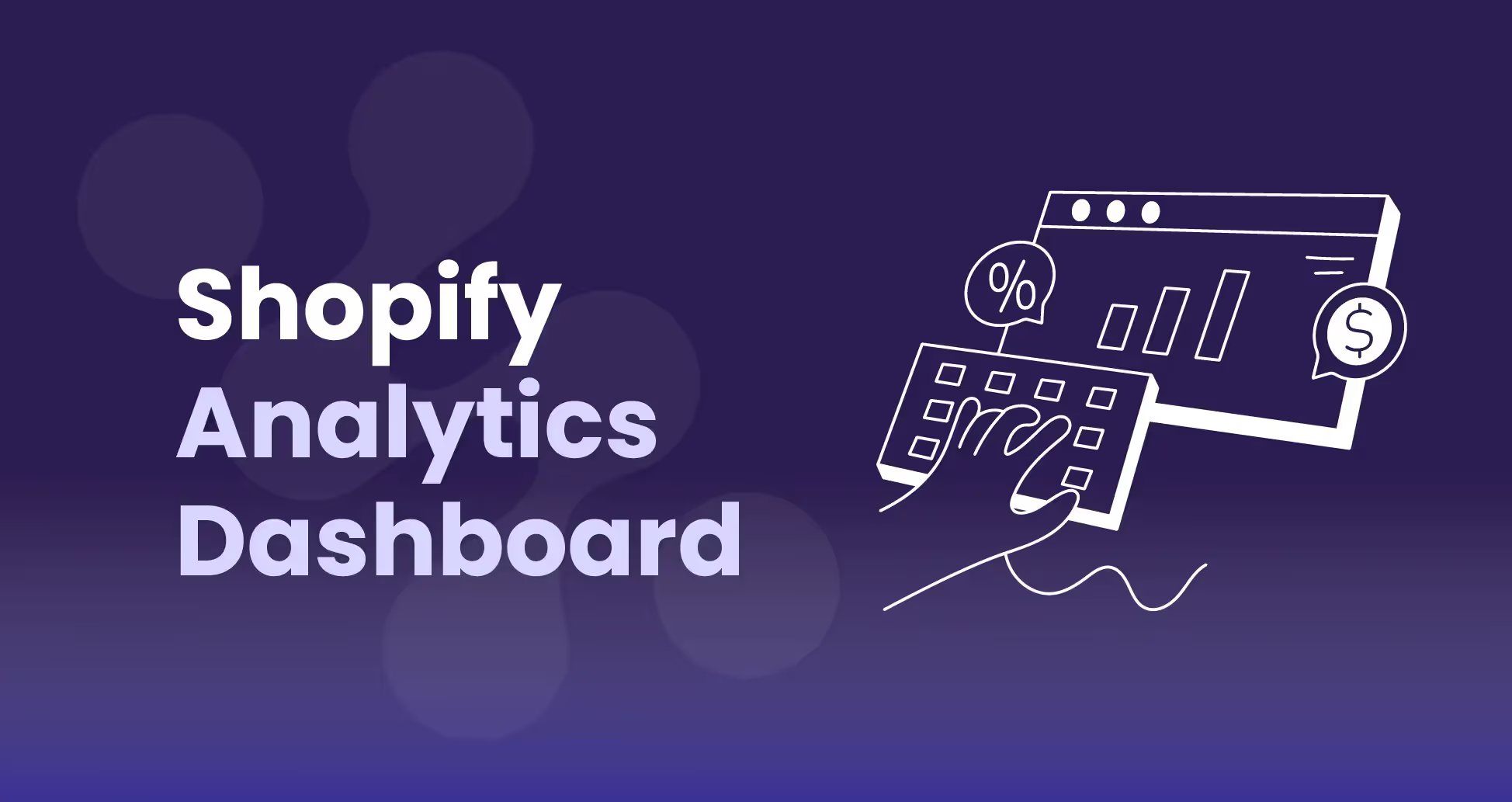
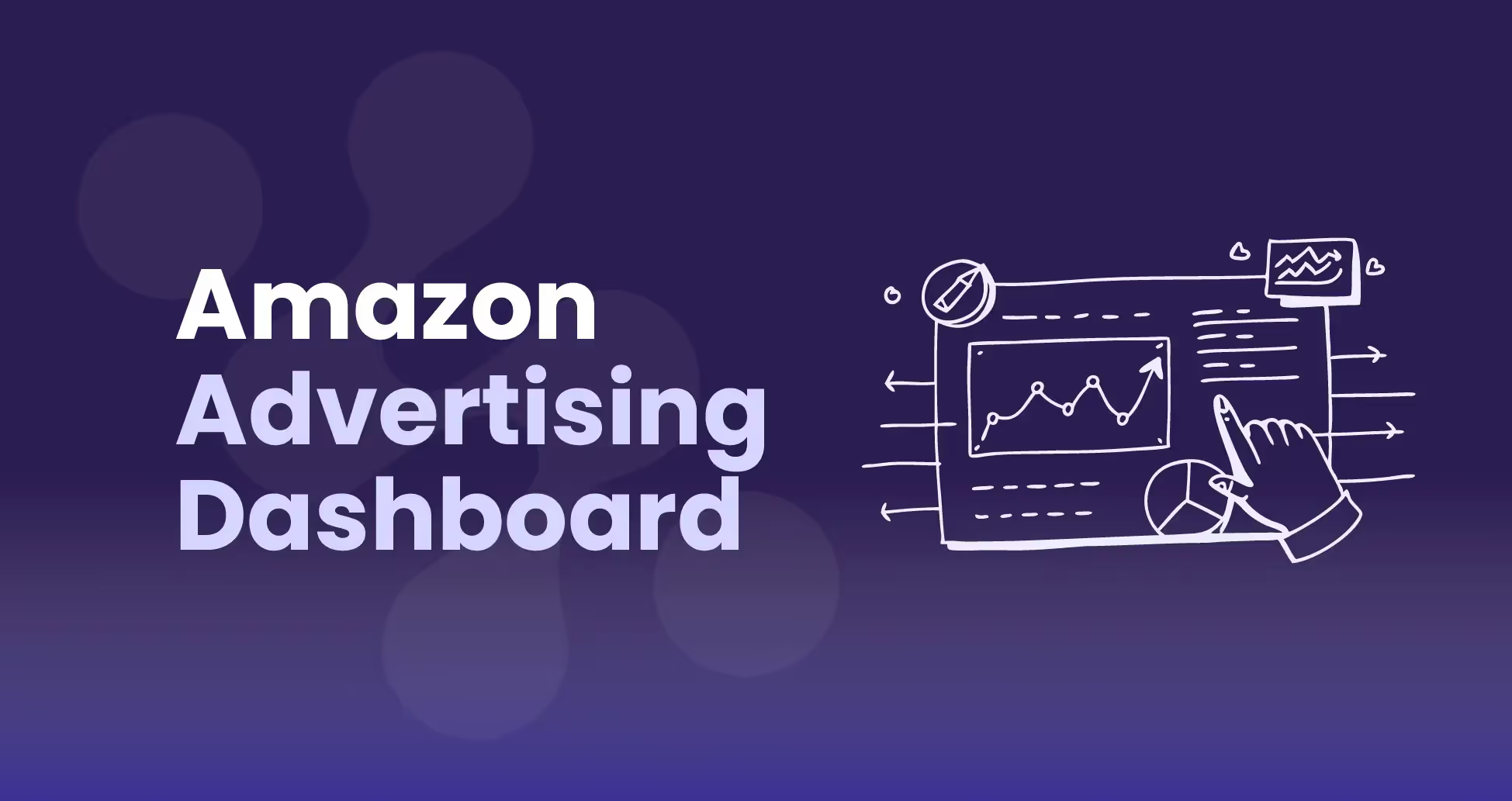
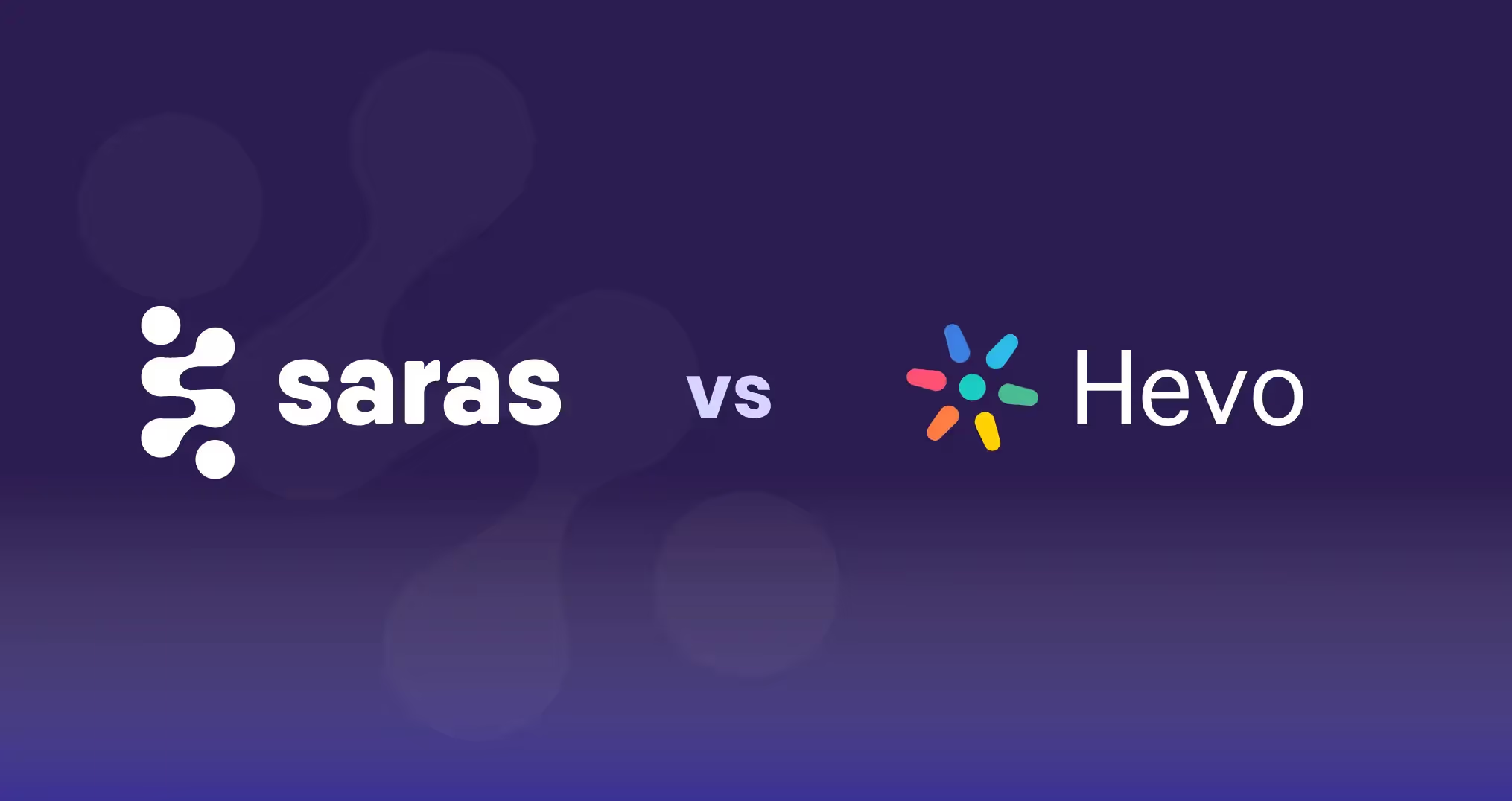
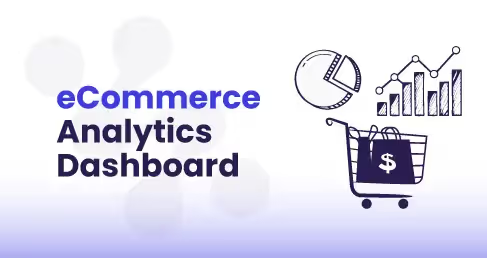
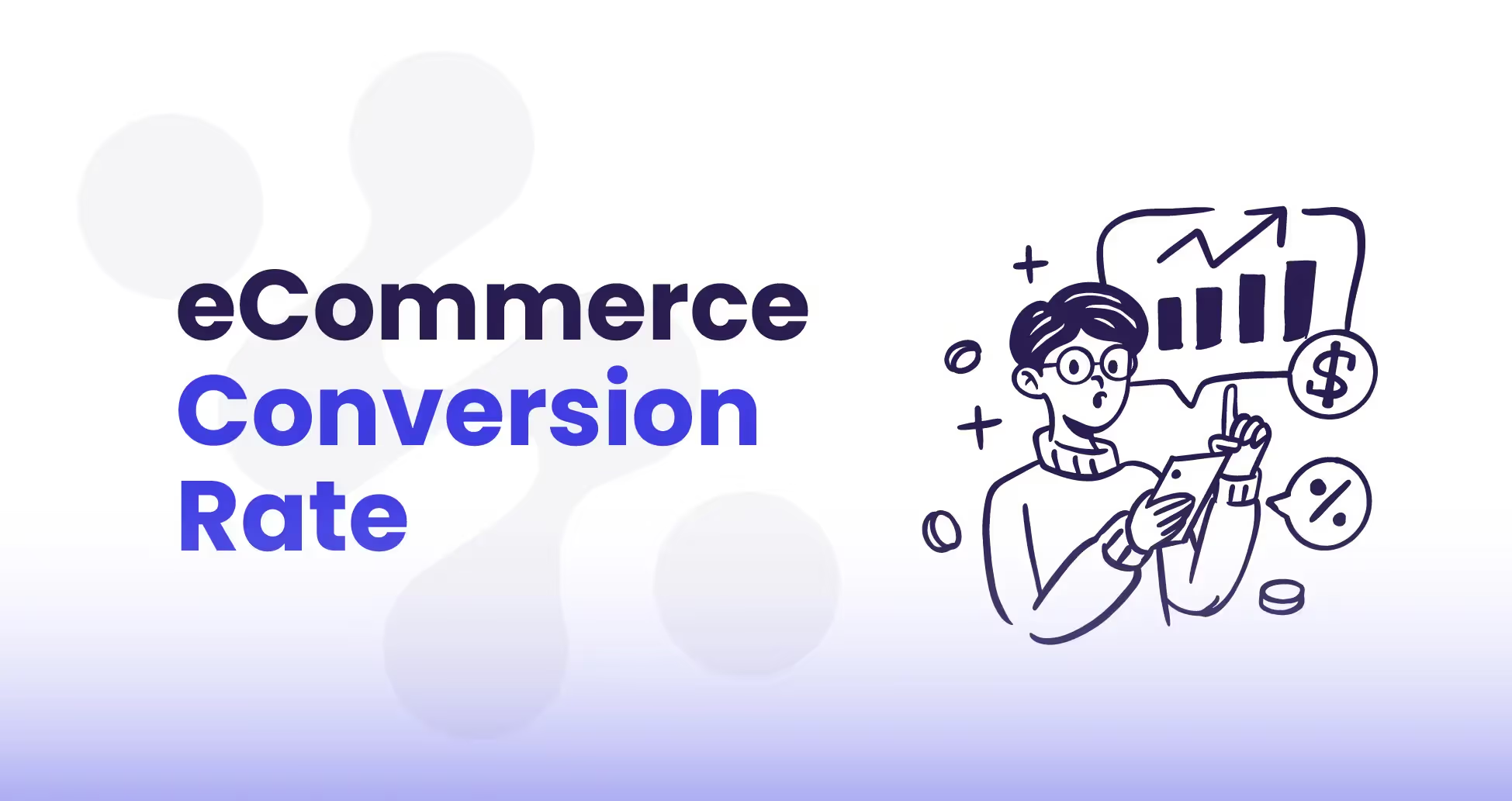
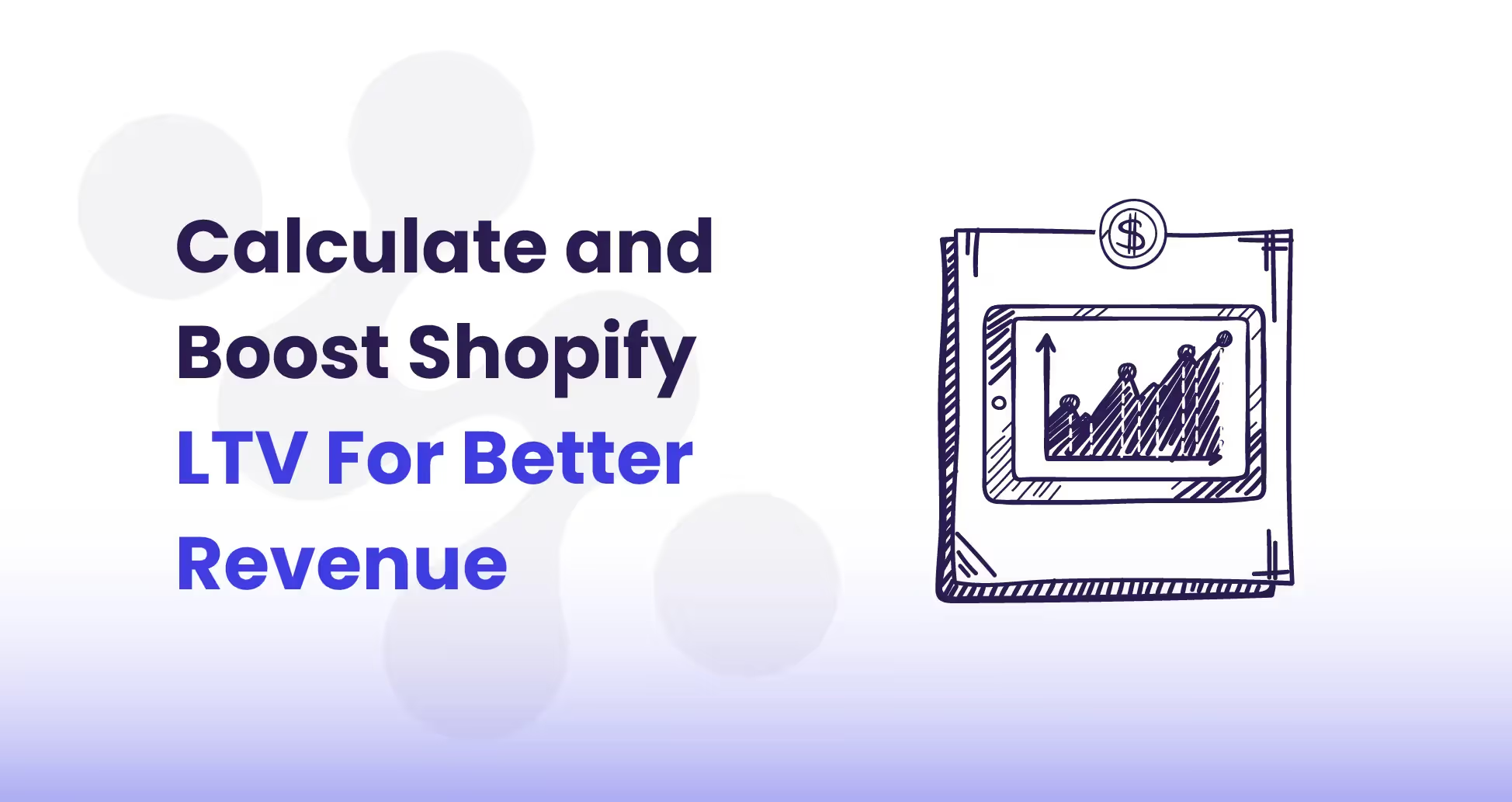
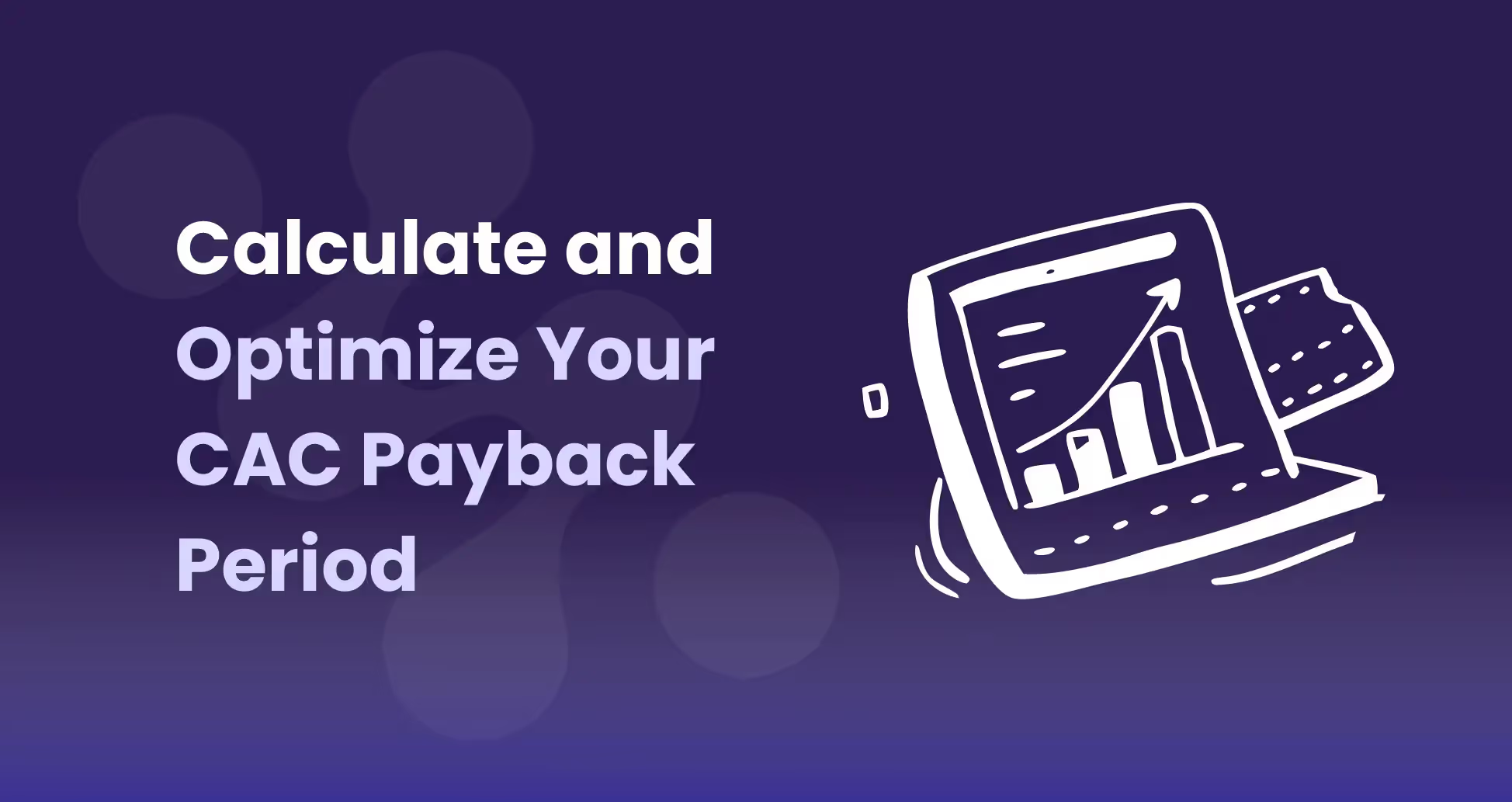
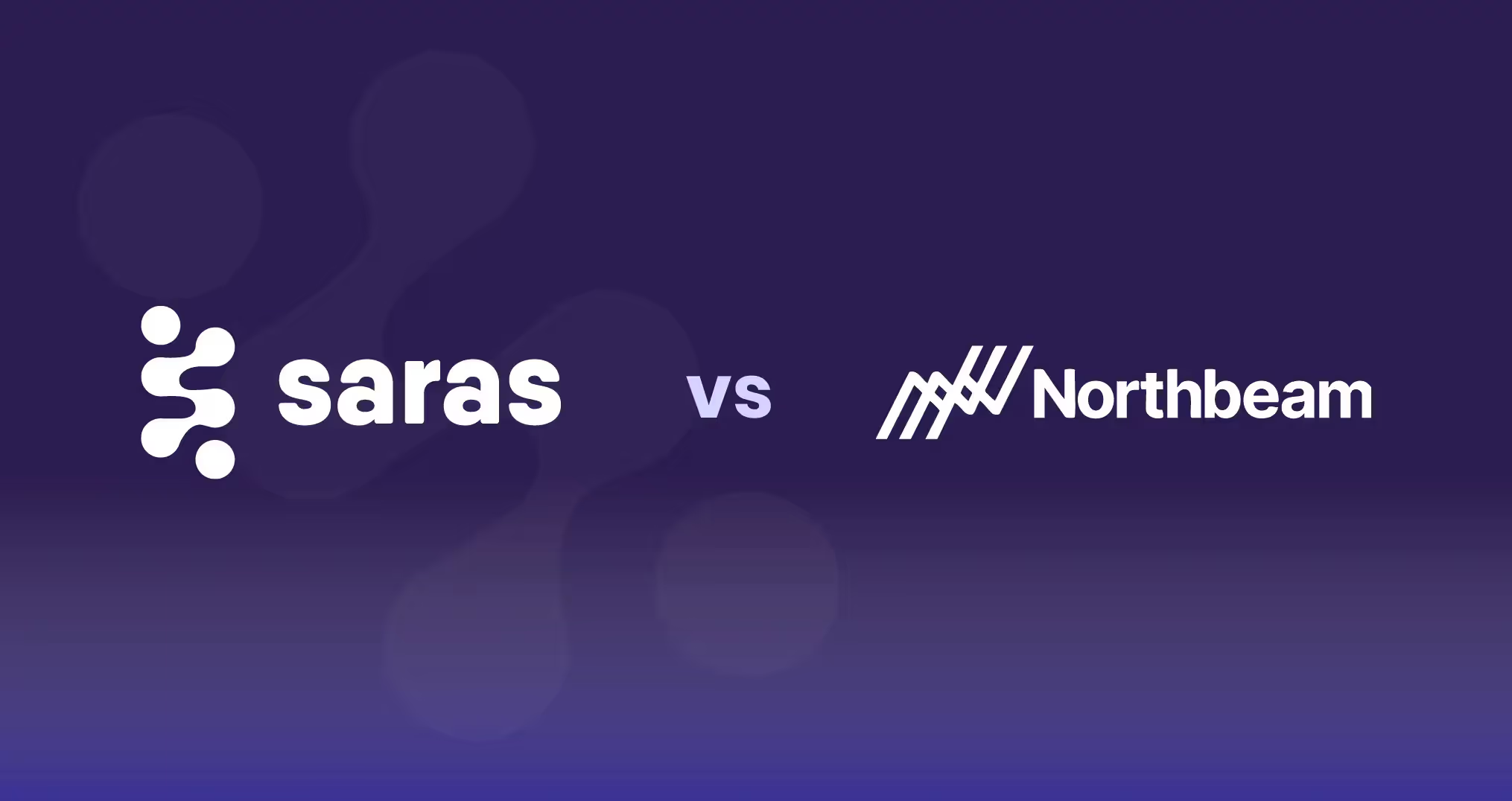
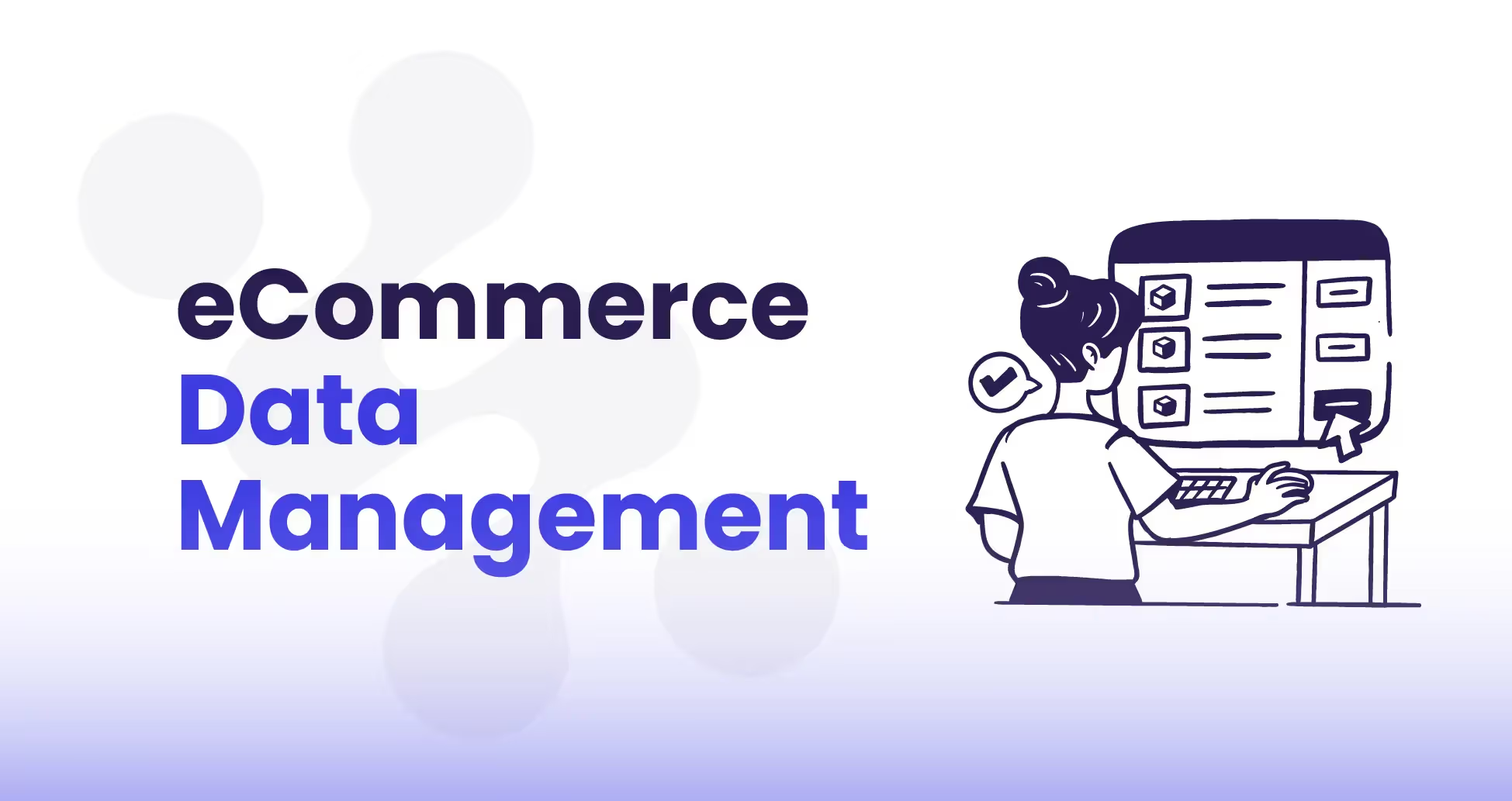
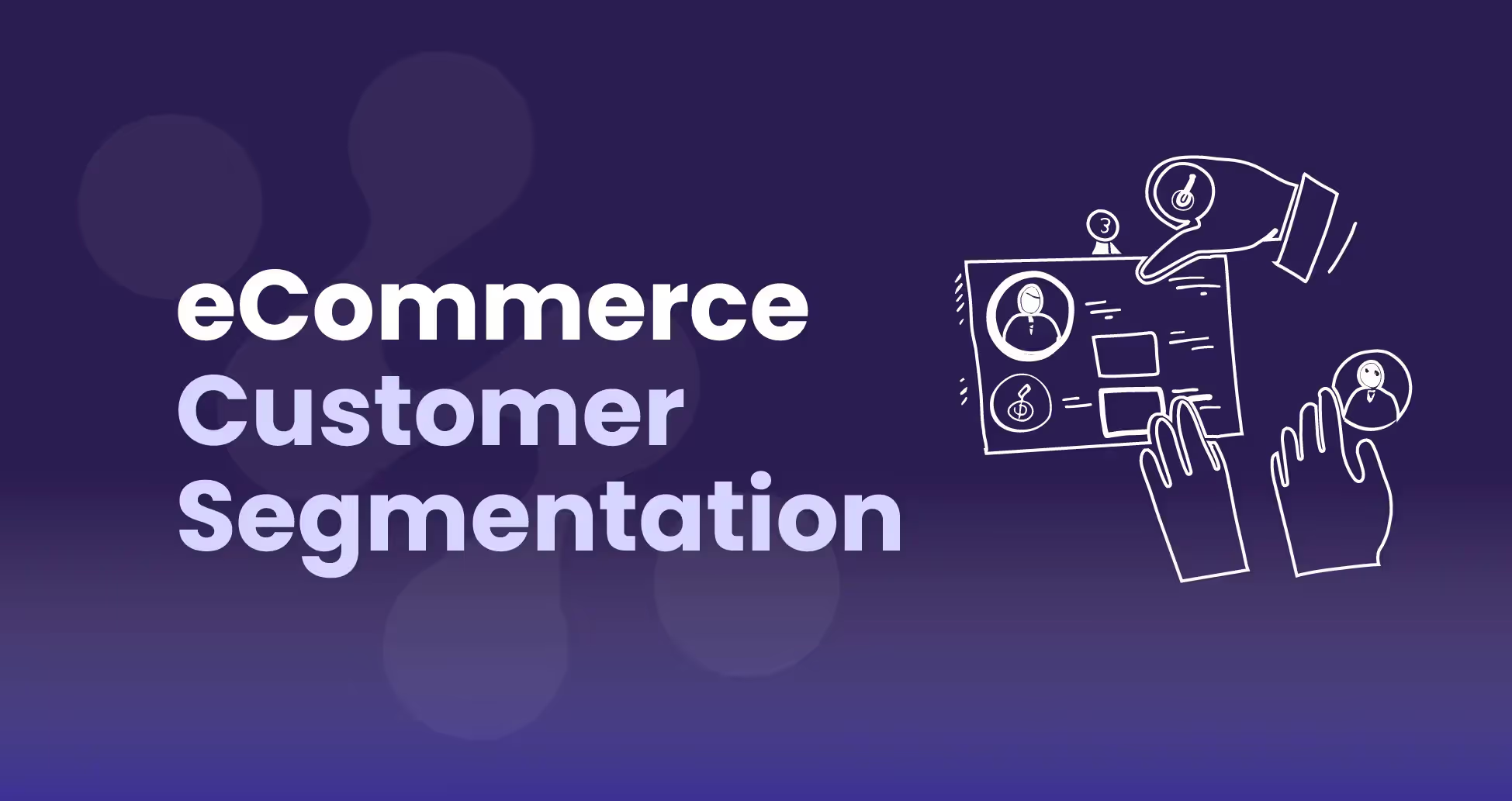

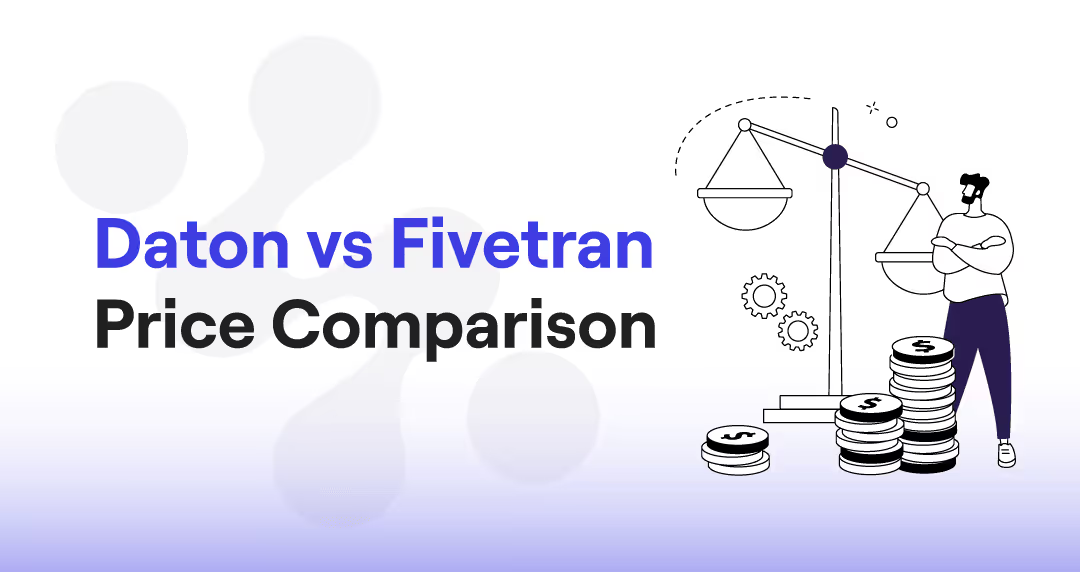
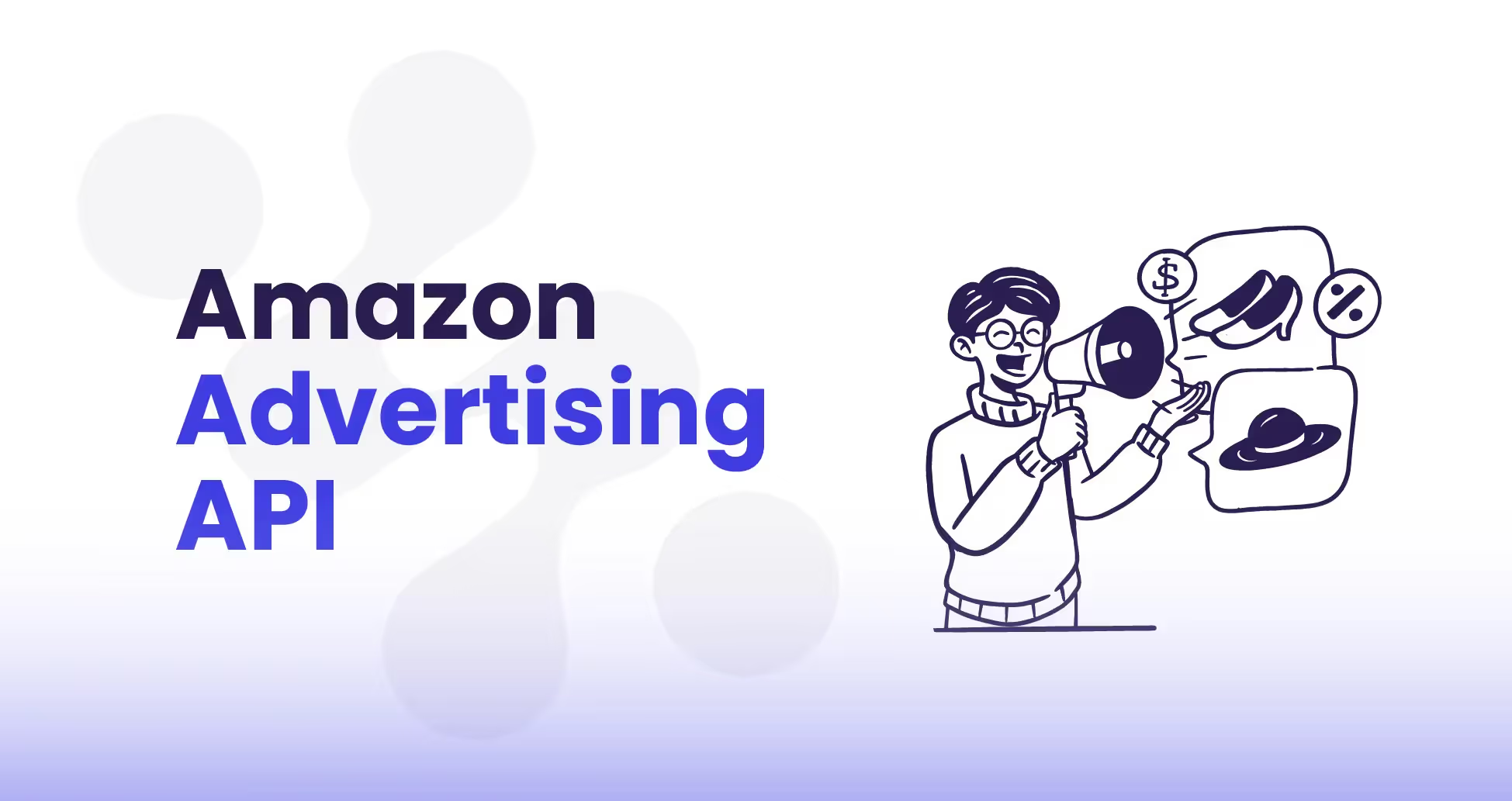
.avif)

.avif)
.avif)
.avif)
.avif)
%20(1).avif)
.avif)
%20(1).avif)
%20(1).avif)





.avif)





.avif)

